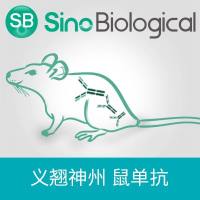Cells in tissues exist in a structural and informational context that involves other cells and extracellular matrix (ECM), as well as growth factors, hormones, and ECM-remodeling enzymes. The ECM is a complex mixture of collagenous and noncollagenous glycoproteins and proteoglycans that are secreted locally and assemble into an organized meshwork. Among glycoproteins, collagens of various types, fibronectin, laminin, and vitronectin have been isolated from ECM and partially characterized, both structurally and functionally. Adhesive interactions between cells and the insoluble meshwork of ECM play a vital role in embryonic morphogenesis (1 ,2 ), and in the regulation of gene expression in cells of the adult organism (3 ,4 ). Although in recent years there have been major advances in deciphering the overall phenomenology of ECM effects on cell adhesion events underlying processes, such as embryogenesis, immune response, invasion, metastasis, thrombosis, inflammation, signaling and/or changes in gene expression, the biochemical and molecular bases for these effects have remained elusive (5 –7 ). It is clear that many of the interactions between cells and the ECM are mediated by the integrin family of cell surface receptors (8 ,9 ). The integrins are transmembrane heterodimeric proteins and are comprised of at least 14 distinct α-subunits and 8 or more β-subunits that can associate in various combinations; each integrin subunit has a large extracellular domain, a single membrane-spanning region, and generally a short cytoplasmic domain (9 –12 ).






